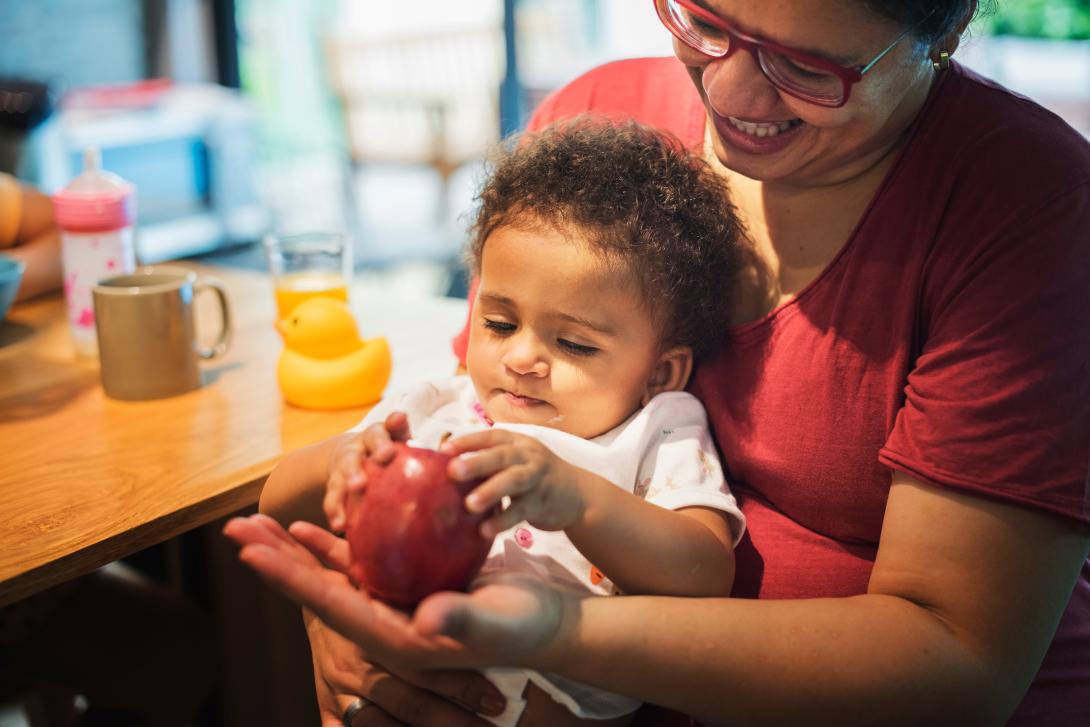
Psychologist Amanda Brandone explores how joint attention shapes early cognitive and social development
In the earliest stages of life, infants' cognitive development hinges on their interactions with caregivers. Infants’ experiences in joint attention are particularly important for their learning about the social world. Joint attention occurs when infants and caregivers focus their attention and action on the same object or event, such as when they play together with the same toy. Developmental psychologist Amanda Brandone has embarked on a longitudinal study to explore this phenomenon further.
Collaborating with Lindsay Bowman, a developmental cognitive neuroscientist at the University of California-Davis, Brandone is following a sample of 150 infants from four to twelve months of age to explore how joint attention develops across the first year. This research tracks not only the infants’ joint-attention behaviors, like following a social partner’s gaze and pointing to direct the partner’s attention, but also their neural responses during joint-attentive interactions. Funded by the Eunice Kennedy Shriver National Institute of Child Health and Human Development, the team uses EEG sensors to measure infants' brain activity, aiming to pinpoint neural specializations that support joint attention development.
Spotlight Recipient

Amanda Brandone
Associate Professor of Psychology
